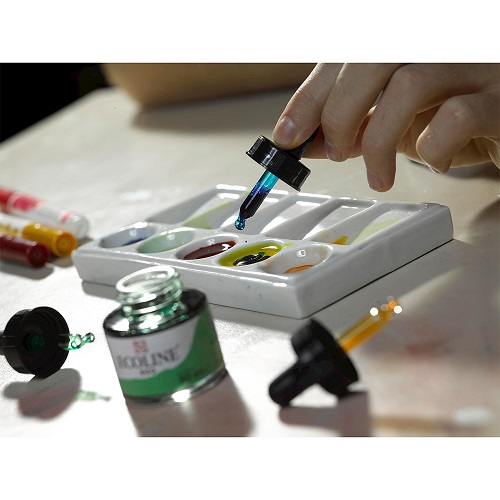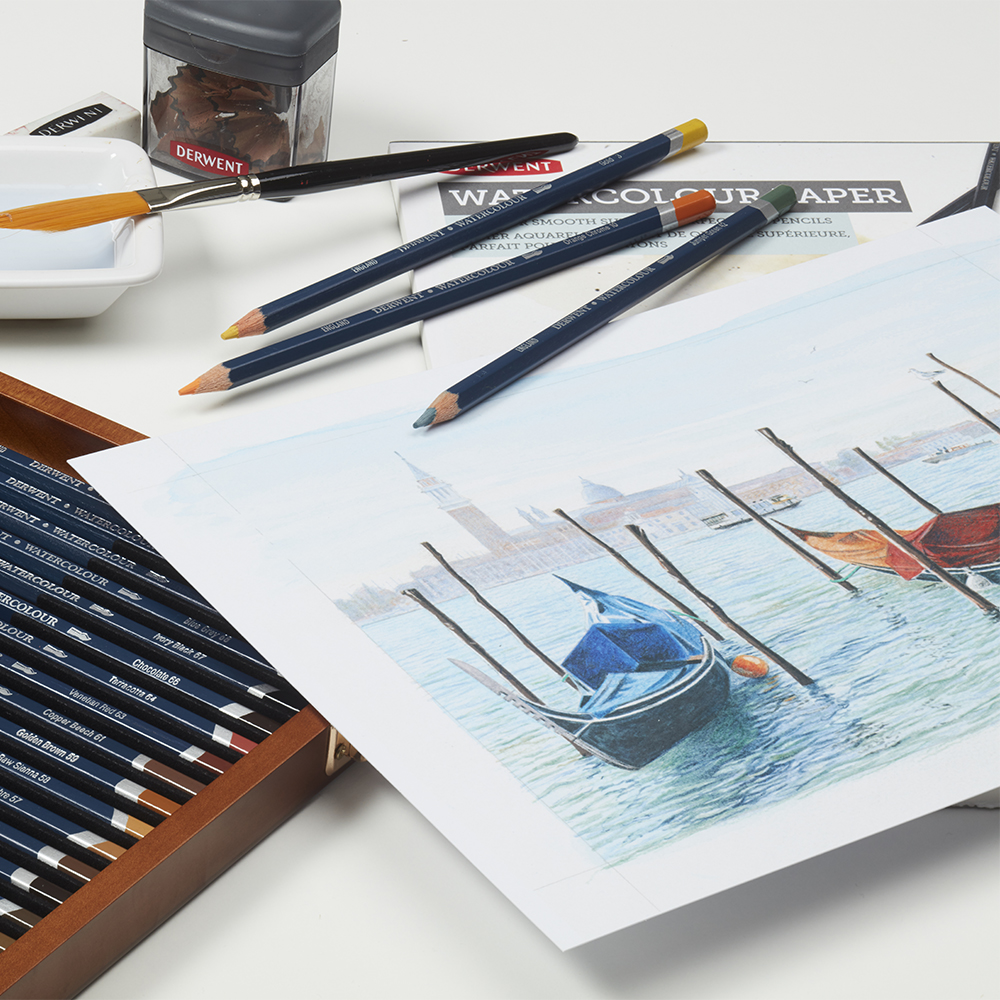There are different types of watercolor to choose from, made in different ways. You can try a wide variety of types of watercolor, to see which ones you like best or best suit the type of drawing you want to do. Let's see what they are.
Types of watercolor: what are its main characteristics?
Different types of watercolor may have similar characteristics, but each has its differences.
Watercolor pans
Watercolors pans usually come in sets, so it's easy to see which colors you already have. However, you can also buy them separately. This watercolor comes in a solid state, so it is necessary to wet the brush beforehand, pass it on the dry pan and place it on the pallet, to prepare the paint for later painting.
This type of watercolor is often used for smaller paintings. However, if you need to paint a large drawing, this is not so recommended. For this, the watercolor tube will be better, we will see it next. It is not suitable for filling large areas, because it cannot fill as well.

Watercolor tubes
The watercolor tubes are like a paste, you must mix it with water to make it liquid. But be careful, you need just enough water to liquify it, unless you want it more transparent. If you want to use a lot of paint, this is the easiest one to use, precisely because of its paste form.
This watercolor is very similar to the watercolor pan. The only difference is that it’s pasty, while the watercolor pan is in solid state. You can put the watercolor tube in a little pot, let it dry and it will work as a pan.

Liquid watercolor
Liquid watercolor is more fluid and shiny than the others, due to the thinners mixed with its pigments. Its colors are strong, so if you like well-pigmented colors, this type of watercolor is ideal. Therefore, liquid watercolor also allows you to paint areas more evenly, without too many stains.
Some liquid watercolors already come with a dropper, which is very useful. However, others don't, so you can buy a separate dropper to put the paint on the pallet. I don't advise using the brush, because if it has some ink and you don't notice it, you will stain the ink in the bottle.
The advantage of liquid watercolor is the fact that it can be placed directly on the pallet without the need to add water. If you want a more transparent watercolor, then you should add more water.
Another great advantage is when using the wet on wet technique. As its colors are saturated, they spread very well on the wet surface, staying strong. Less saturated watercolors become a little faded when dry.
Liquid watercolor also allows you to paint areas more evenly, without too many stains.

Watercolor pencils
These pencils can be used as graphite pencils. Then you can pass the wet brush over it and create the watercolor effect. They are perfect to use in small details over other types of watercolor.

Watercolor markers
There are also watercolor markers, which are widely used in illustration. They are similar to watercolor pencils. They can be used like a regular marker, or you can use a wet brush to create certain effects.

In short, if you want to create more saturated effects, I recommend liquid watercolor, because of its strong pigmentation. For large areas, liquid watercolor will also work, as will tube watercolor. For smaller drawings, watercolor tablets are a good ally and for small details you can use pencils. As for markers, they can be used for medium-sized areas and supplemented with water.
